Launching a new generation
This post is part of a series of events, around the launch of the new generation of Argolight calibrations slides. The next article will present the different improvements between the 1st and the 2nd generation of slides. The series will close with a webinar presenting the product and the tests carried out by Beta-Testers.
You can already sign-up for the webinar on 23 September, at 10 AM CET here or 5 PM CET here, and Subscribe to our newsletter here
Since Argolight’s founding in 2012, we have listened to the voices of our customers, to understand their use and their needs. Based on that feedback, our Research And Development team worked patiently for three years to develop a new generation that would include the most requested features: the Argolight 2nd generation of calibration slides.
Some of our customers have taken part in a pre-series testing campaign, to verify that the product was well-suited to their expectations. Read what they thought about it below.
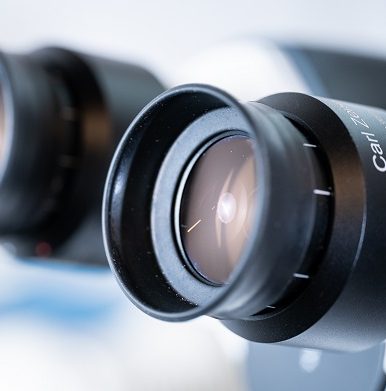
Dr. Alexia Loynton-Ferrand, Research Associate in Advanced Light Microscopy, at the Imaging Core Facility, of the Biozentrum Center for Molecular Life Sciences, Basel, SWITZERLAND.
Product tested: Argo-HM v2.0
Microscope used: Confocal Zeiss LSM800, Wide-field Deltavision
To test the V2 slide, I acquired images on a widefield and a confocal and compared intensity and performances against the V1 slide we already had in-house. The slide is indeed brighter. From the histogram during acquisition, I would say it is double. It makes the acquisition comfortable, and less prone to bleaching. On a widefield system, it also leads to faster acquisition: as the signal of patterns is more intense, acquisition time can be decreased.
We use the HM slide quite a lot, usually imaging six patterns. I like the gradually spaced lines (for lateral resolving power) and the 3D crossing stairs (for Z-drift). The target pattern is mainly used to correct for parcentrality, or to check tiling/stitching behavior. The 4×4 intensity pattern is also quite useful: on our laser-scanning confocal, one laser showed sudden changes in intensity. Thanks to this check, we were able to detect a UV lens and AOTF issue.
I am also very pleased to see that since we purchased the slide (5 years ago), the documentation and analysis have improved and leads to a better user experience.
Overall, while the first generation of slides was already very nice, the 2nd generation is even more comfortable to use, while keeping all the good features of the previous version.
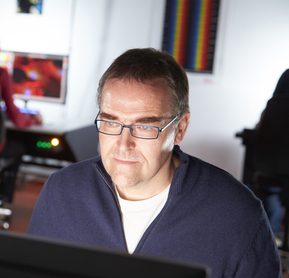
Dr. Steffen Dietzel, Head of the Core Facility Bioimaging at the Biomedical Center of the Ludwig-Maximilians-Universität München, in Munich, GERMANY.
Product tested: Argo-HM v2.0
Microscope used: Confocal Leica SP8
We could test the new slide: it was indeed much brighter than our old one. In particular with white light laser systems, where each line is rather dim compared to single-line lasers, this has made a huge difference. We now can record images with 638 nm excitation which was not possible before.

Dr. Laurent Gelman and Dr. Laure Plantard, respectively Head of the Facility for Advanced Imaging and Microscopy, and Light Microscopy specialist, Friedrich Miescher Institute, Basel, Switzerland
Product tested: Argo-HM v2.0
Microscope used: Confocal spinning-disk and Confocal LSM
We’ve tested the second-generation Argo-HM, with excitation wavelengths ranging from 405 to 640nm. As the patterns were much brighter compared to the first generation, we could find the patterns faster, reduce exposure times or get less noisy images, which can improve the precision of quantifications. We also liked that the crossing stairs patterns are now labeled directly, making it easier to navigate the slide. Overall, the 2nd generation slide is a nice improvement compared to the first one.

Dr. Martin Spitaler, Light Microscopy Facility Manager at the Imaging Core Facility of the Max Planck Institute of Biochemistry, in Martinsried, GERMANY.
Product tested: Argo-HM v2.0
Microscope used: Wide-field Leica Thunder + Confocal Leica SP8 Falcon
We tested the new slides with the Leica widefield and the Leica confocal, it’s nice that they are much brighter, especially helpful in the longer wavelength range. We’ve been using our previous Argolight slide to perform regular Quality Control on all our microscopes. The new generation is much brighter, in our experience about 2-4 times, compared to the older slides. That significantly improves QC with low NA/magnification lenses and in the red channels.

Dr. Glyn Nelson, Senior staff scientist, Newcastle’s Bioimaging Unit, Campus for Ageing and Vitality, Newcastle, United Kingdom.
Product tested: Argo-HM v2.0
Microscope used: TBC
We use the Argolight slide for testing field uniformity, stage accuracy, intensity linearity, SBR, lateral resolution, and Z-positioning accuracy.
The Argolight V2 slide performed just as well as the original we usually use, with the added advantage that it was approximately 3 times brighter across the entire spectrum. This allowed us to utilize the slide closer to usual imaging parameters in terms of excitation and exposure and especially made it more useful for red excitation. The positioning crosshairs made it easier to navigate and find the arrays. Plus, the labeling of the Z-ladder patterns made it far easier to ascertain which one we were imaging.
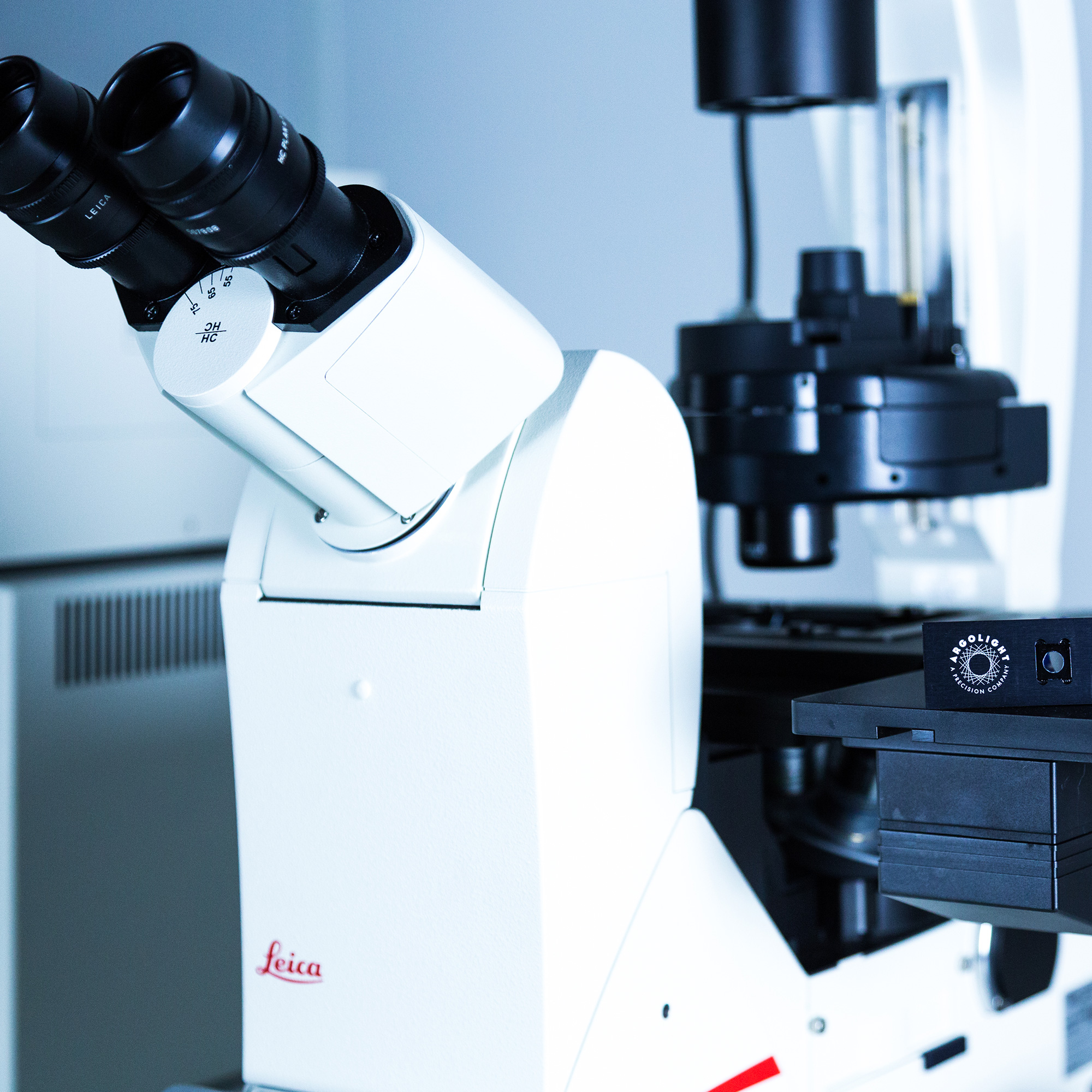
Dr. Maria Smedh, Researcher, and Dr. Julia Fernandez-Rodriguez, Head of the Centre for Cellular Imaging, at the Core Facility of the University of Gothenburg, SWEDEN.
Product tested: Argo-SIM v2.0
Microscope used: Confocal Zeiss LSM780
We compared the performance of an Argo-SIM 2.0 slide with the first generation of Argo-SIM slide, which we have had for about ayear. The most important difference is the intensity of the patterns. The intensity of the new slide is ~ 3-5 times brighter, depending on wavelength, compared to the 1st gen. This makes the patterns easier to find and it is easier to measure them in the orange-red and far-red wavelength regions.
Some other improvements: the 3D crossing stairs pattern is now labeled, it’s very helpful. The markers of the 2D field of rings pattern have changed, this makes it easier to crop the image in Daybook software, especially if the image field is not perfectly horizontal. The imaging direction is labeled on the new slide. This is nice, especially for inexperienced users, as it reduces mistakes.

Jeroen Kole, Product Application Specialist, Confocal.nl, Amsterdam, The Netherlands.
Product tested: Argo-SIM v2.0
Microscope used: Re-scan Confocal Microscope 2 (RCM2)
I tested the 2nd generation Argolight SIM slide on our Re-scan Confocal Microscope 2 (RCM2). The RCM system can achieve 120 nm resolution which is difficult to quantify using fluorescent beads. The Argo-SIM V2 allowed us to visualize and quantify the resolution so as not to introduce user-bias. We were clearly able to observe the 120 nm spacing between the lines in the image below.
I noticed that the V2 version of the Argo SIM is much brighter than the first version. Therefore, we were also able to measure the resolution in the GFP channel (and even in the far-red). This would not have been possible with the first generation. An additional bonus of the increased brightness is the reduced laser power. To give you an idea about the laser power required: for the first generation I used to push the laser to 50-60%, the increased brightness of the second generation Argo-SIM allowed me to obtain a similar SNR with only 5% laser power! Reducing the laser power is very important to us at Confocal.nl because reducing the laser power means keeping the cells alive for longer.
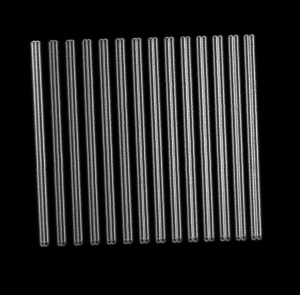
Above: Image after deconvolution of the gradually spaced lines pattern of an Argo-HM v2, imaged with RCM2 system, at 100x/1.5NA objective at 405nm excitation. The line spacing at 120nm can clearly be observed.
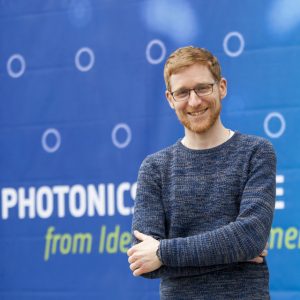
Dr. Patrick Then, Microscopy specialist, Microverse Imaging Center, Friedrich Schiller University Jena, GERMANY.
Product tested: Argo-SIM v2.0
Microscope used: Wide-field Elyra 7 Lattice SIM + Confocal Zeiss LSM980
Both on our wide-field and confocal microscopes, it was clear to see that the brightness of the slides has been nicely improved on the new generation of slides. In some cases, even by more than a factor of two.
In the past, we felt that our 1st generation Argo-SIM was sometimes not quite bright enough, in particular when using longer wavelengths for excitation. At our SIM microscope, we do not have a red laser line available yet but plan to acquire one. I can imagine a case where, if you need to run measurements in the red wavelengths, you would really benefit from the higher intensity of the patterns.Being a new facility, we are currently setting up testing protocols, which we intend to do regularly to make sure our microscopes have reliable performance: repeatability of the piezo stages, illumination uniformity, measure of the laser power, camera signal…
For that, the Argolight slides are a very nice tool, because the measures are reproducible and signal intensity doesn’t change much over time. We’re thus using the slide as a standard testing target at our facility.
User case: Kyoto University x Argolight – Fluorescent proteins observation
Matsuda Lab, Graduate School of Biostudies/Graduate School of Medicine, Kyoto University Introducing Argolight slides - A New Quality Control...
Quality control of HCS-HTS fluorescence imaging systems
In the landscape of high-content screening (HCS) and high-throughput screening (HTS) fluorescence imaging systems, precision and reliability take...
Precision Partners: Innopsys and Argolight on the InnoQuant Slide Scanners
In the intricate realm of pathology, drug discovery, and advanced research in brain function, cancer, and stem cells, the role of slide scanners has...


